Since its inception Bitcoin has become the world’s largest cryptocurrency, attracting the attention of the general population, technology enthusiasts, investors, and cryptocurrency enthusiasts.
With bitcoin gaining traction in the mainstream, it has seen a lot of interest from people who want to understand bitcoin’s inner workings. People want to understand how technology works and how bitcoins are created, and the computing power required to create them. Explaining how the technology behind bitcoin works in its entirety would require a considerable amount of time. However, what we can do is briefly explain how bitcoins are created.
Bitcoins are created through a process called mining. Before we get to bitcoin mining, let’s quickly get reacquainted with bitcoin.
What Is Bitcoin?
Bitcoin was the cryptocurrency that started the crypto boom. It is a decentralized digital currency that enables peer-to-peer transactions and transfers without any third party like banks or other intermediaries. Bitcoin uses blockchain technology to guarantee complete decentralization.
The blockchain is a public ledger that stores a record of each transaction on the bitcoin network. Once a 1 MB worth of bitcoin transactions are confirmed, it is added to the blockchain as a block. Transactions are verified by miners.
Miners receive a reward for verifying and adding blocks to the blockchain. The current reward stands at 6.25 BTC; however, the reward gets halved roughly every four years or every 210,000 BTC mined. As bitcoin approaches its cap of 21 million, new bitcoins are released at a declining rate. Learn more about bitcoin.
What Is Bitcoin Mining?
Now let’s get to bitcoin mining. Bitcoin’s decentralized nature allows transactions to be broadcasted to the network. These broadcasts need to be verified to confirm the validity of the transactions. Once the transaction is validated, it is added to the blockchain.
In simple terms, Bitcoin mining refers to verifying bitcoin transactions and adding them to the blockchain. The users involved in verifying the transactions are called miners, the lucky miner who validates a new block first will receive new bitcoins as a reward.
Bitcoin mining is carried out by high-powered computers that solve complex mathematical problems. The computers need to be significantly powerful as the process of mining is quite sophisticated. The miners have to bring bitcoin users to agree on one particular version of the transactions. This is referred to as “Proof-of-Work.”
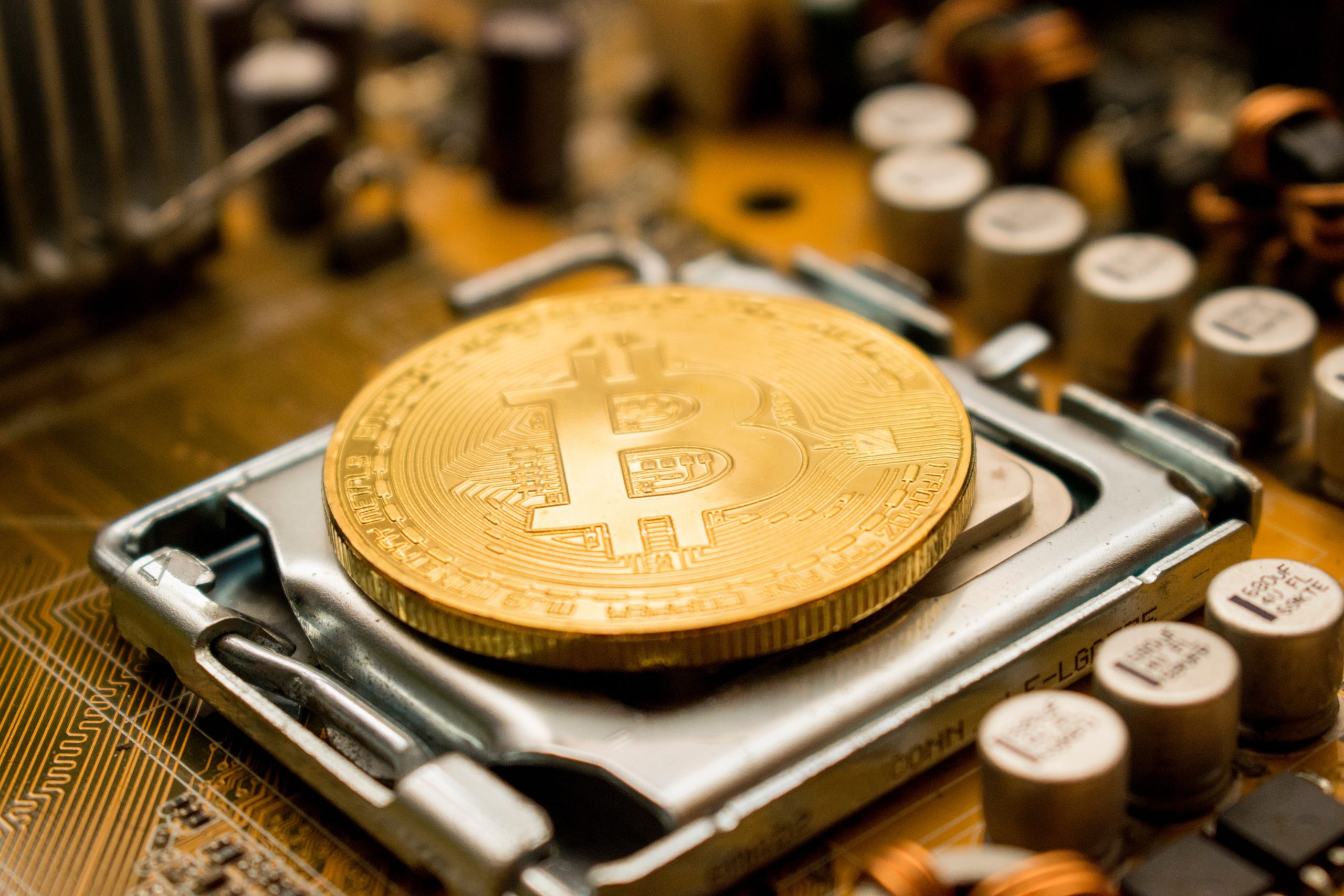
What is Proof-of-Work? PoW implies that the miner should prove that he has expanded a scarce resource to include a block or blocks into the blockchain. In the case of mining, that scarce resource is the processing power of the computers involved in mining.
Miners compete with one another on the bitcoin network to earn bitcoin, and the better the hardware they use, the better their chances to verify a transaction and earn bitcoins and transaction fees. The time taken to verify a transaction and mine a block is around ten minutes. Let’s not get too technical and talk about hash rate and hash power for now.
When the Proof-of-Work is produced, a new block is discovered or mined; the network verifies the block. The network will then reward the miner with a set number of bitcoins. The current reward for miners stands at 6.25 BTC. The miner will also receive the transaction fee.
To understand bitcoin mining, you should also be familiar with the following concepts.
- Public distributed ledger: A public distributed ledger keeps a record of all transactions on the bitcoin network. All transactions are verified by users of the network and then added to the ledger.
- Proof-of-Work: In the Proof-of-Work consensus mechanism, miners validate transactions by solving complex problems. Miners must discover the nonce value (a number used only once in cryptographic communication), and the nonce value is the puzzle that miners must solve.
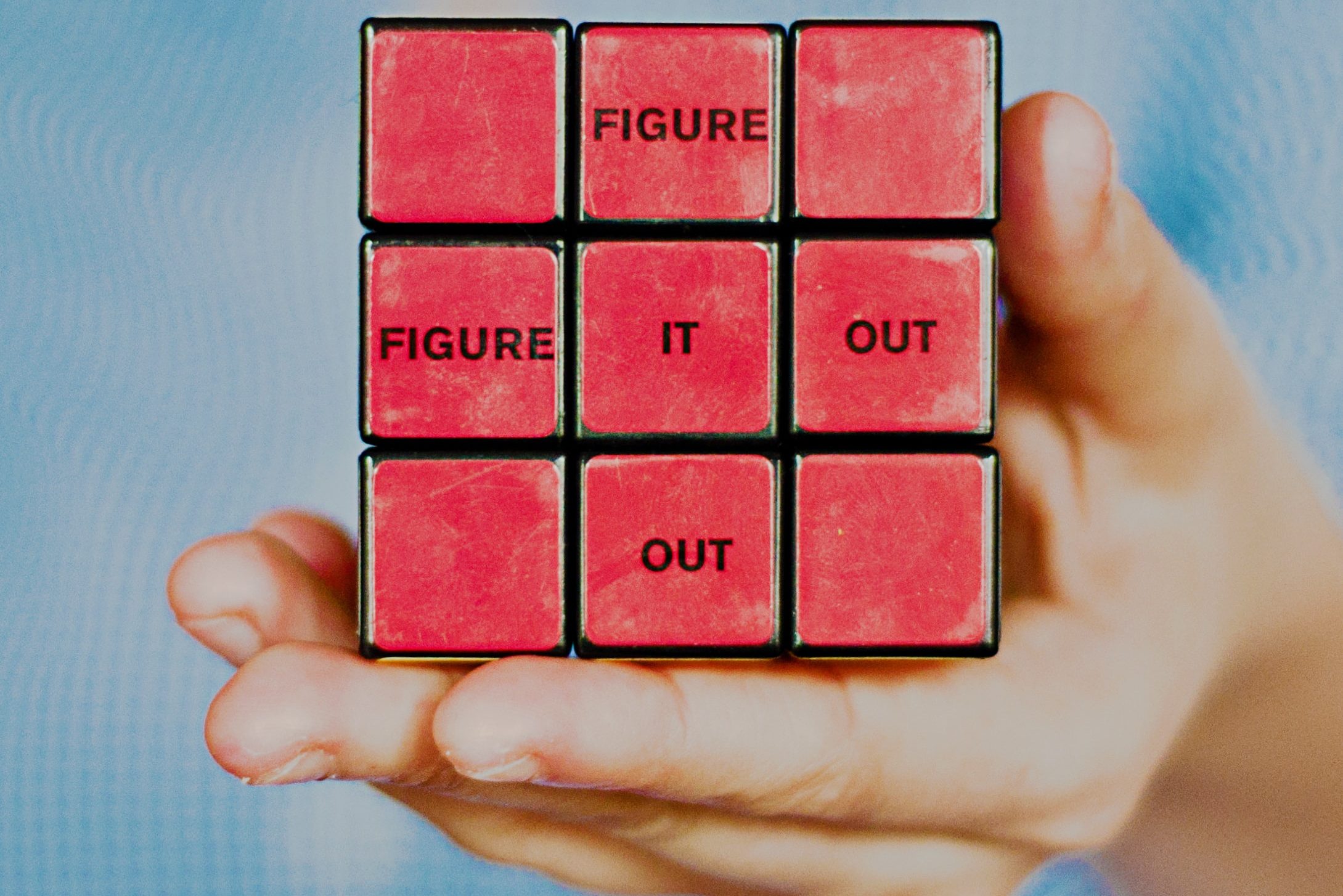
What Is A Bitcoin Block?
A bitcoin block is what contains the data related to the bitcoin network. It contains records of transactions that have taken place or are about to take place on the network, acting as a record book page. When one block is completed, it gives way to the next block in the blockchain. Once data is stored in the block, it cannot be altered or removed.
How does a block work? Transactions that are executed on the network are stored in a block. A block represents a part of the blockchain that contains information about the network, such as transactions. When one block is completed, it becomes part of the blockchain and becomes a permanent record of transactions, with new transactions recorded on the new block. Each block also contains a reference to the block that preceded it, making it almost impossible to tamper with the records stored.
How Does Bitcoin Mining Work?
Bitcoin mining refers to the process through which new bitcoins are created and enter into circulation. The mining process also ensures the integrity, development, and maintenance of the blockchain.
Some people find mining appealing, mostly because of the chance to earn bitcoin for their efforts, given the current price of bitcoin. To mine bitcoins, miners need to verify transactions and add them to the blockchain. Mining requires powerful machines and significant computing power. Bitcoin miners compete with each other to verify transactions and add the block to the blockchain. Once a miner verifies and adds the transaction to the blockchain, he is rewarded with new bitcoins. The current reward for miners is 6.25 BTC.
The reward that bitcoin miners receive acts as an incentive to miners to secure the network and monitor and legitimize transactions. Since miners are spread worldwide, the network is decentralized, making bitcoin a decentralized cryptocurrency free from the influence of any third-party interference or influence.
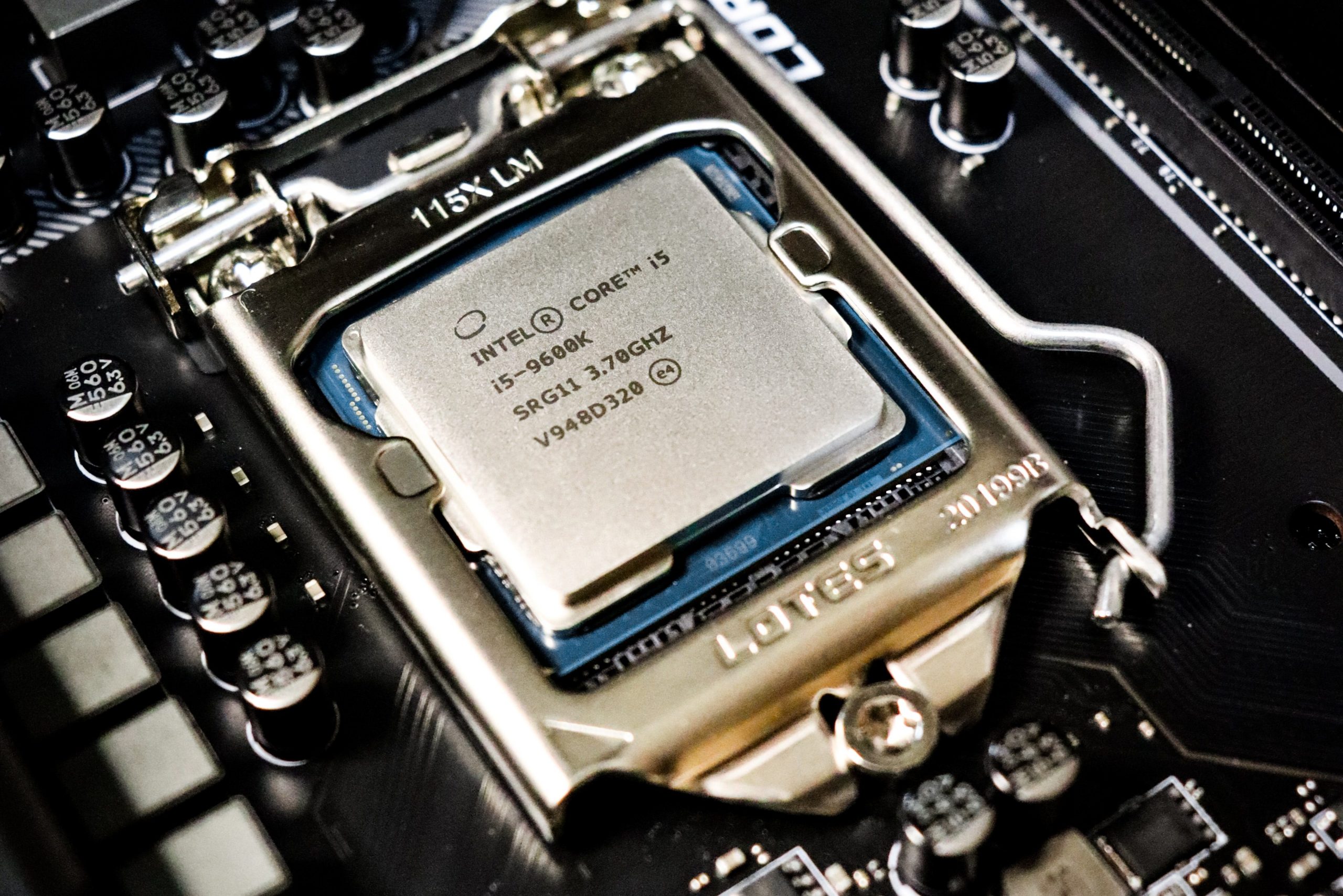
What Is Bitcoin Mining Actually Doing?
Bitcoin mining supports the bitcoin ecosystem. However, it also serves another vital purpose. Bitcoin mining is the only way to create and release new bitcoins into circulation. What bitcoin mining is doing is, creating new bitcoins and putting them into circulation.
As of May 24, 2021, there are 18.718 million BTC in circulation. Apart from the ones mined via the genesis block, all bitcoins have come from miners and bitcoin mining. Without miners and bitcoin mining, the bitcoin network would exist, but it would be unusable and empty, without any activity. And there would be no additional bitcoin except for the ones mined from the genesis block.
Bitcoin mining will stop eventually, as the bitcoin protocol dictates that only 21 million bitcoins will be mined. Once this number is reached, bitcoin mining will cease; however, bitcoin transactions will continue to be verified; miners will be paid only with transaction fees.
Bitcoin mining also gives miners voting rights, meaning they can vote on changes or proposed changes to the protocol.
How to Start Mining Bitcoin?
Bitcoin mining is a feasible occupation provided you have the right tools for it. Mining pools are the best way to ensure success. However, there are other options like mining rigs. Before you start bitcoin mining, here are some of the things that you would need to do.
- Mining hardware: This is the essential item required for bitcoin mining. Mining hardware can cost you anywhere between a few hundred dollars to several thousand dollars for hardware with adequate computing power.
- Mining software: After selecting which mining hardware you would like to use, you will have to choose the mining software. The mining software allows you to access the blockchain and manage mining operations. There are several bitcoin mining software that you can choose from, so make sure you do your research.
- Get a bitcoin wallet: Well, you will need one of these to store all the bitcoin you mine. Once you have mined bitcoin, you need to keep them in a wallet. There are different types of wallets you can choose from. Digital wallets let you store your currency online, but that puts them at the risk of getting stolen by hackers. Offline wallets offer more security as you can disconnect the wallet after storing your cryptocurrency, keeping your assets safe from hackers. Or even better, you could use Ledger Vault. While the divide itself is a hardware wallet, it is combined with the Ledger Live app to help users manage their digital assets.
- Select a mining pool: Joining a mining pool to get your mining operation underway is an excellent way of increasing your chances of success.
Once you have completed the above steps, you are ready to foray into the world of bitcoin mining.
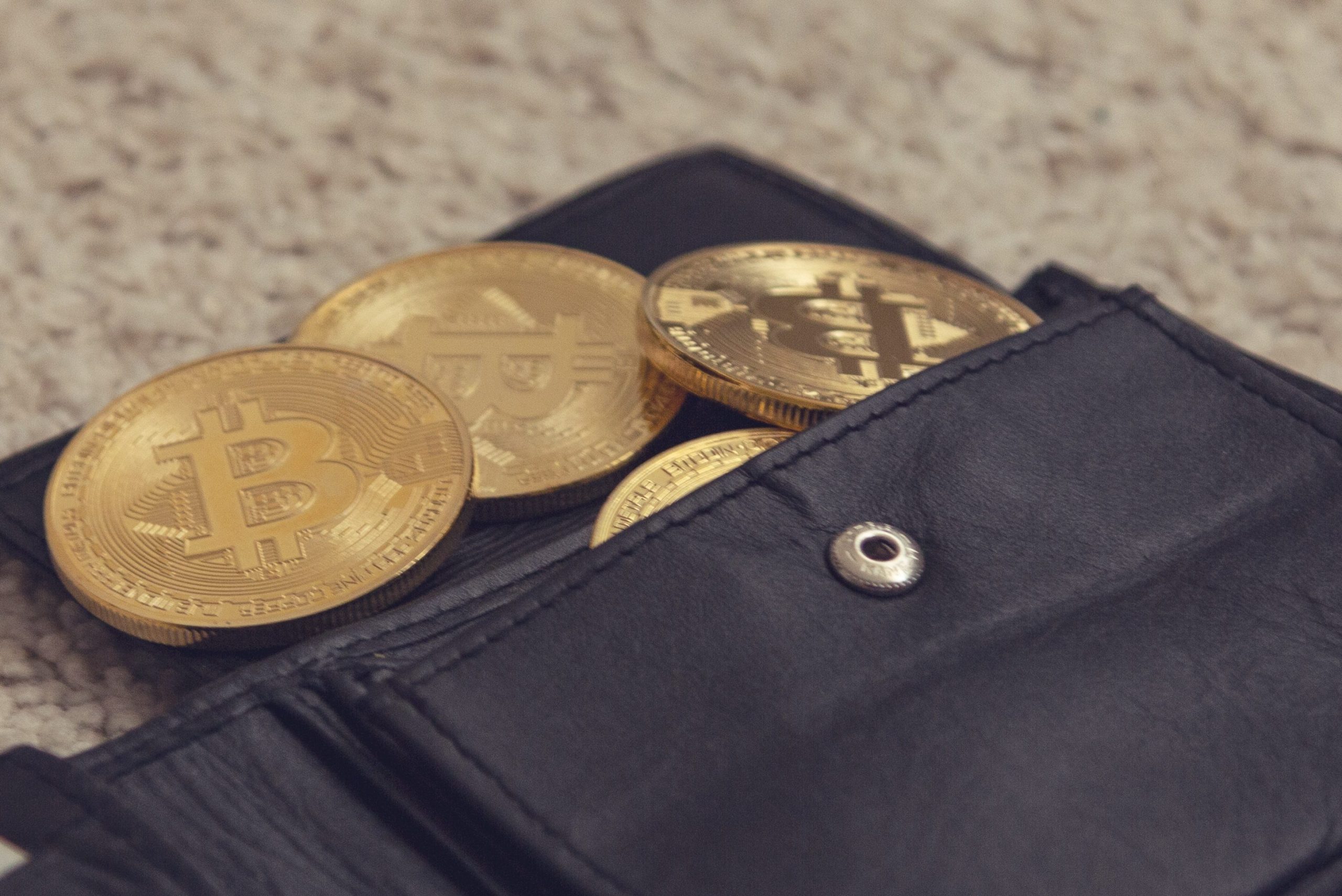
It is also important to know about different mining rigs that you can use for mining.
- ASIC mining: ASICs, short for application-specific integrated circuits, are built solely with the intention of mining bitcoin. There are different types of ASICs, with some more expensive than others. ASICs are beneficial to miners as they deliver significant power while consuming less electricity.
- GPU mining: GPU mining is very popular among bitcoin mining farms. GPU mining uses graphic cards to mine data. Graphic cards are efficient but can quickly become obsolete thanks to constant improvement and newer graphic cards. They are also extremely high maintenance.
- CPU mining: CPU mining refers to mining using your laptop or desktop. It is a simple, inexpensive approach to mining bitcoins, but it isn’t practical. CPU mining can be used to mine altcoins.
- Scrypt mining: This is popular on the Litecoin blockchain. In scrypt mining, miners generate random numbers and store them in RAM. Scrypt mining is used in tandem with GPUs to lessen the advantage ASICs have.
How Long Does A Bitcoin Transaction Take?
On the bitcoin network, a transaction generally takes every 10 minutes to be confirmed. However, transaction speeds can vary. Let’s understand why.
Transaction fees play a significant role in determining the speed of transactions. The bitcoin network can be compared to a highway; the more transactions there are, the more congested the network gets, slowing down transaction speeds.
If you want to jump to the front of the queue, paying higher transaction fees is one way of doing that. Paying higher transaction fees incentivizes bitcoin miners to include your transaction in the next block.
A transaction on the bitcoin network has to go through several processes and confirmations on the blockchain. This is done to confirm transactions because unconfirmed transactions could be reversed. It also addresses the issue of double-spending.
If you are sending many bitcoins, the transaction could take up to an hour to complete. If you attach a lower transaction fee, then miners could ignore the transaction, and it could be languishing unconfirmed for a significant amount of time.
Several projects are looking to solve the problem of slow transaction speeds. The Lightning Network is one such project that adds another chain over bitcoin to help increase speeds on the bitcoin network.
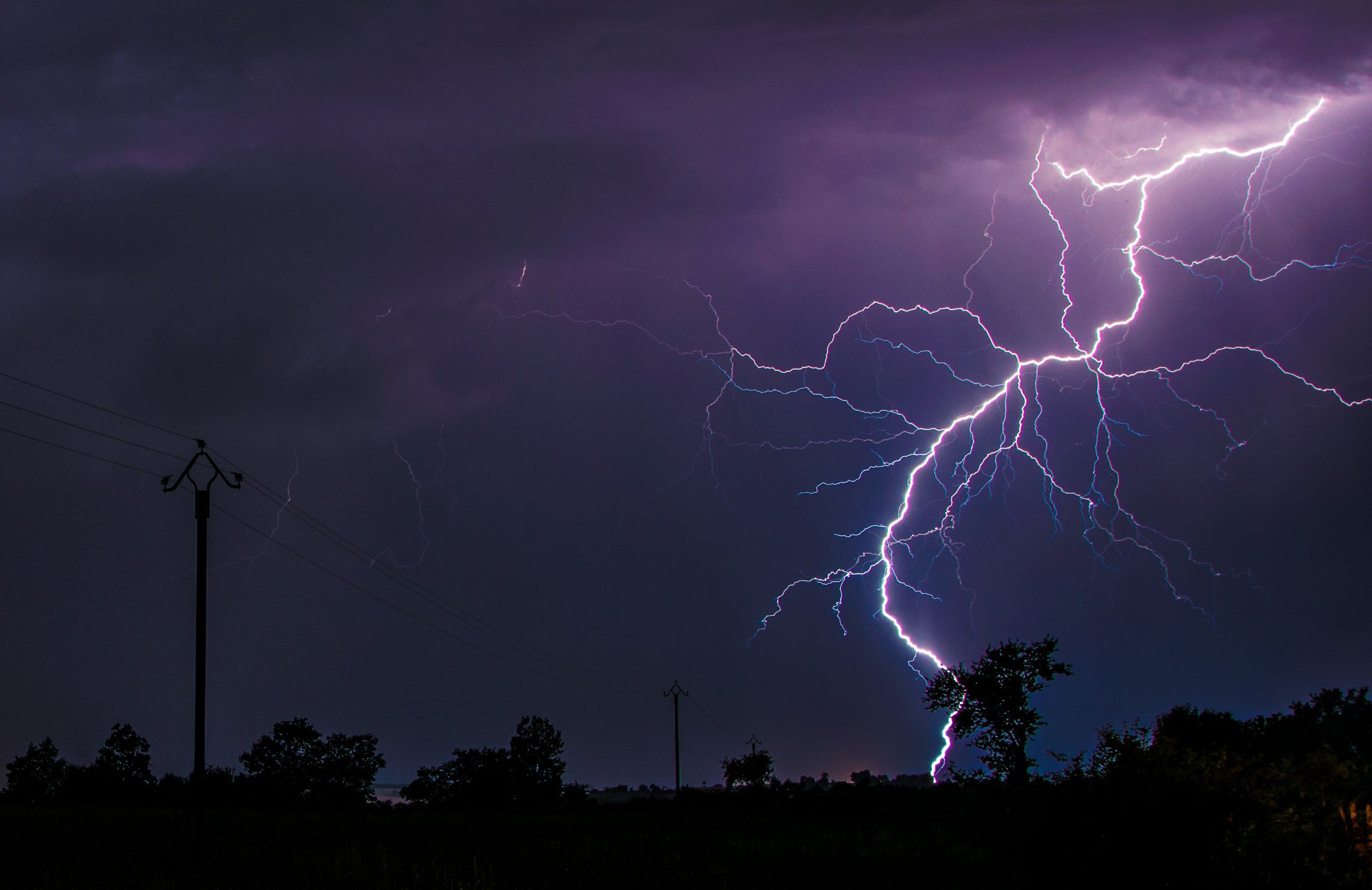
Problems and Opportunities in Bitcoin Mining
It isn’t difficult to understand bitcoin mining. Bitcoin mining can be a profitable experience, especially in places where electrical power is not expensive. Mining could be an excellent way of learning more about the network while getting your hands on some bitcoin in the process.
On the other hand, Bitcoin mining does have its risks, so one must be careful. Some miners have resorted to compromising public WiFi networks to access user devices. This is done so that they can access the laptops of other users on the network for mining. Many websites are also being compromised so that miners can access devices for mining. When software is loaded onto a device without the consent of the user, it is called crypto-jacking.
Crypto-jacking is a significant problem and it can lead to your device slowing down considerably. Some ways to ensure your security as you browse cryptocurrency markets are
- Avoid using public WiFi networks.
- Use a VPN while accessing markets.
- Ensure that your device is always protected.
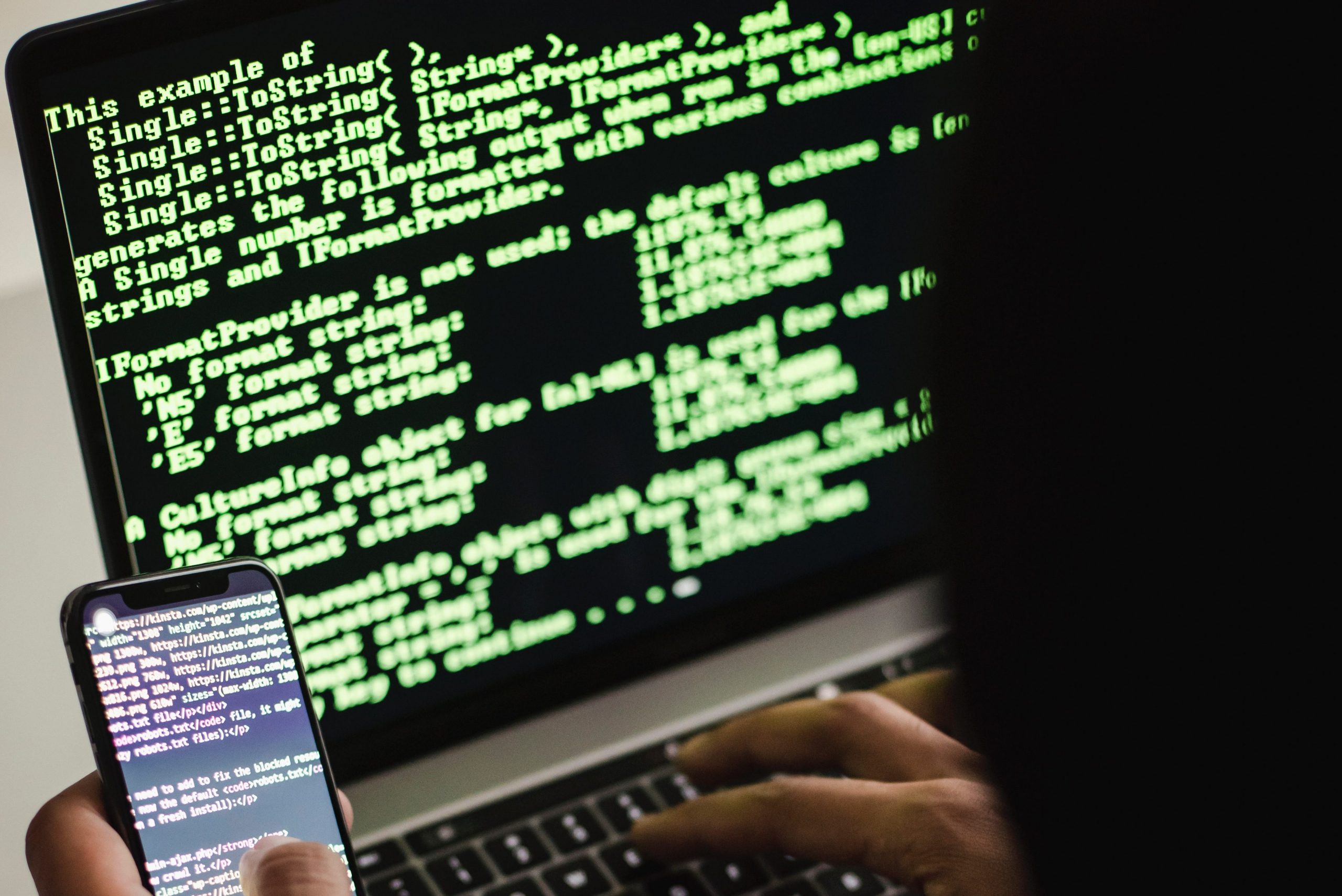
Bitcoin miners have their share of risks as well. To mine bitcoin successfully, miners need a lot of computing power. Miners can achieve this by combining ASICs to solve one problem. As a consequence, the power required would increase significantly, leading to high electrical fees, considerably increasing the expenditure of the miner. Miners can mitigate this high cost by opting for more economical protocols like a Proof-of-Stake consensus mechanism.
Miners themselves are vulnerable to crypto-jacking, which could lead to their resources being compromised, slowing down their mining operations.
Miners also have to deal with the problem of centralized mining. This problem arises from the manufacturers of ASICs themselves, and the use of coin-specific ASICs. While coin-specific ASICs are a positive development they could become a problem for miners. This is because some miners can influence the way ASICs are designed and created. Since there are only a few ASIC manufacturers, the risk is that the mining space can become centralized with a few miners having a say on how ASICs should be designed and for which coin.
The mining community can address this potential problem through the decentralization of the ASIC manufacturing process. It can also create a new hash algorithm that can wipe out existing ASIC miners.
Disclaimer: No Investment Advice The contents of this article are for informational purposes only and are not intended as, and shall not be understood or construed as, investment advice, financial advice or trading advice. There are substantial risks associated with the trading of cryptocurrencies and you should consult with a licensed financial advisor prior to making any trading or investment decisions. Content Not Warranted The contents of this article are provided “as is” and without warranties of any kind. You bear all risks associated with the use of the content provided including without limitation, any reliance on the accuracy, completeness or usefulness of any content available within this article. Risk Warning Cryptocurrency trading is subject to risks. Please read through our Terms of Service for full-risk disclosures.
Follow us on social!



